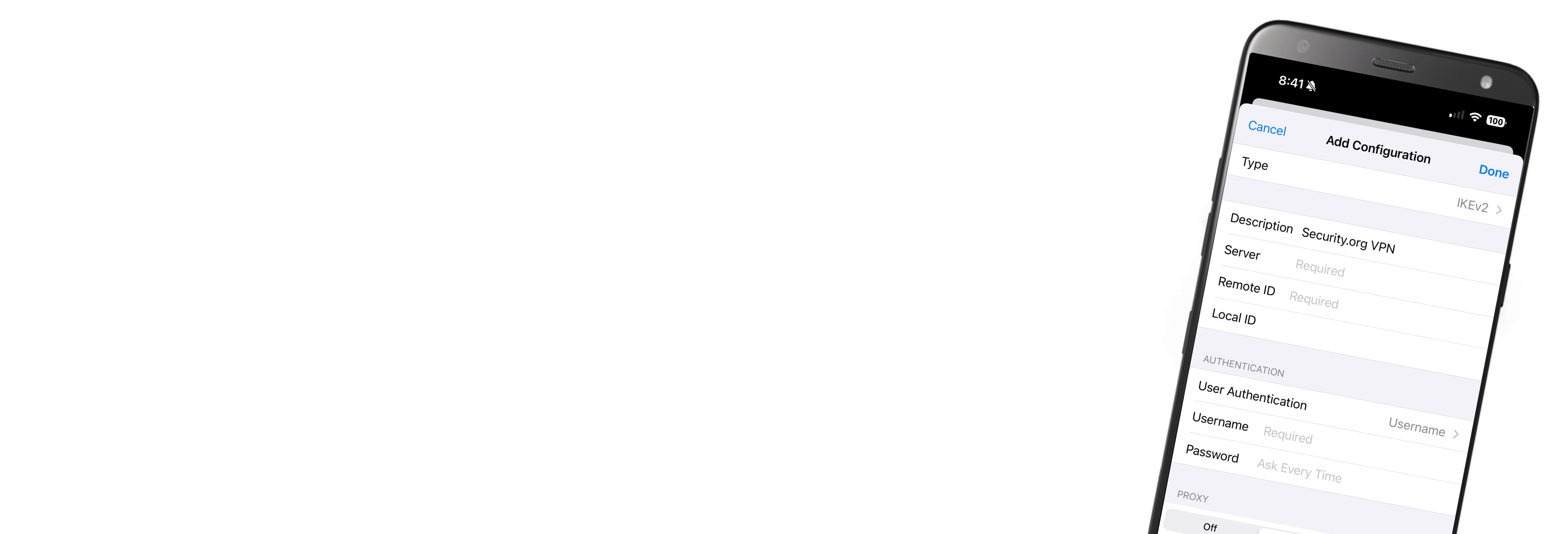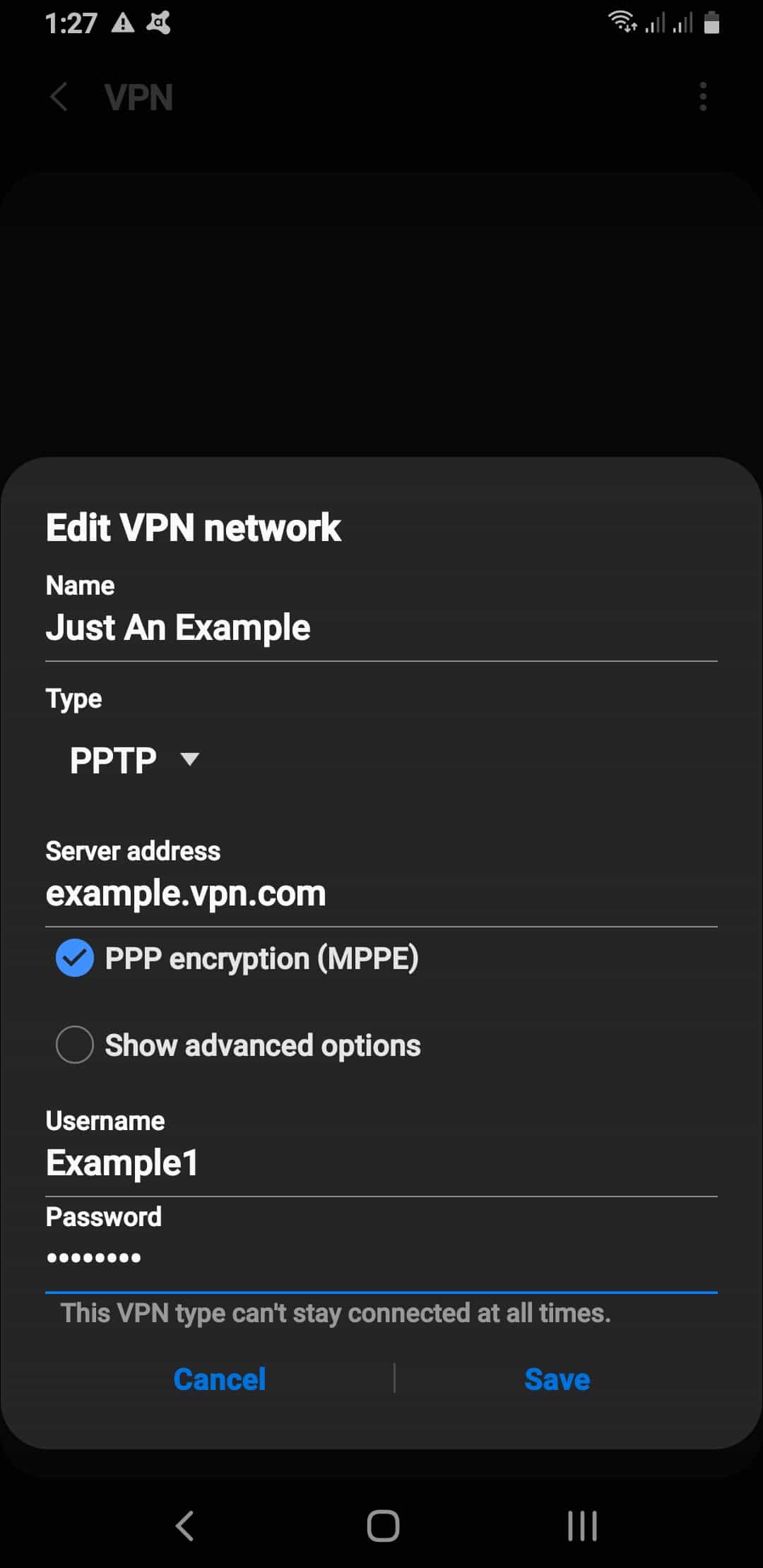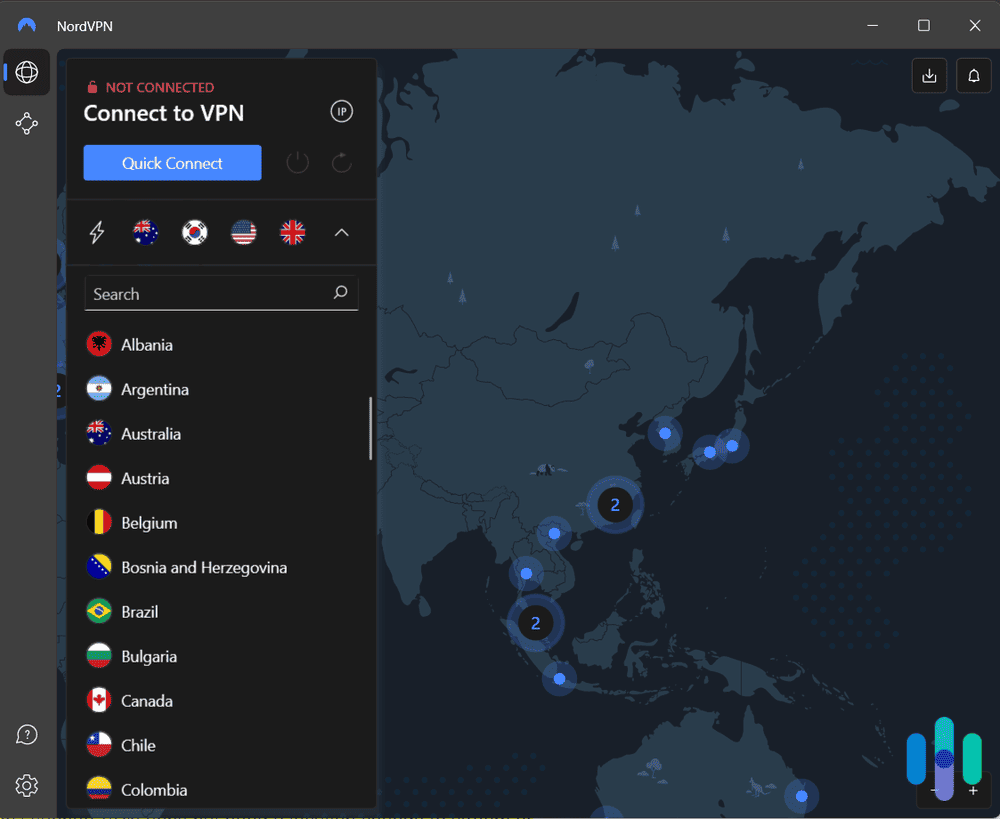Using a VPN unlocks greater privacy and access to a more open internet. You’d be able to bypass censorship, access content not available in your area, hide your browsing activities from your ISP and the eyes of Big Brother, and stay anonymous on the internet.
Before you can enjoy those features, however, you need to learn how to set up a VPN on your devices. While the process isn’t complicated, we get that it can feel daunting at first. After all, the inner workings of a VPN are sophisticated. But don’t worry, our experts are here to guide you every step of the way. We’ve set up and tested over 50 VPNs, so we’re ready to show you exactly what you need to do to start using a VPN. Ready to enjoy a better internet experience?
The First Step: Choosing A VPN
In order to set up a VPN, you need to purchase a VPN service first. If you haven’t chosen one yet, now is the time to do so. We've spent thousands of hours testing over 50 VPNs, and not all services are created equal. Check out these options for the best VPNs that are ultra-easy to set up:


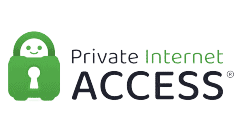
How to Set Up a VPN
After choosing a VPN, the next step is to set it up on your device or devices. There are two approaches: Using the VPN app and using your device’s manual VPN set up. Let’s zoom in!
App/Software Approach
The app/software approach is the easiest way to set up a new VPN. It’s what we recommend for anyone getting started with VPNs.
Setting up a VPN using this approach is as easy as downloading a piece of software and installing it. After that, your device should automatically recognize the VPN and set up the networking configurations necessary to connect you to the VPN infrastructure. Here’s how it works:
- Sign up for a VPN service.
- Create an account.
- Download the app or specific software for your chosen VPN service on all of your devices.
- Log in to the account you made when signing up for the VPN service.
- Depending on what service you selected, you might be asked for a security key or two-step authentication code.
- Once in the app, connect to a VPN server.
- Once connected, run a VPN speed test. Speed tests should be easy to find in most apps.
- Look for a tutorial to guide you through the app, and go through the different features available to familiarize yourself with your new VPN service.
And that’s it, a process no more complicated than creating an account for any other program!
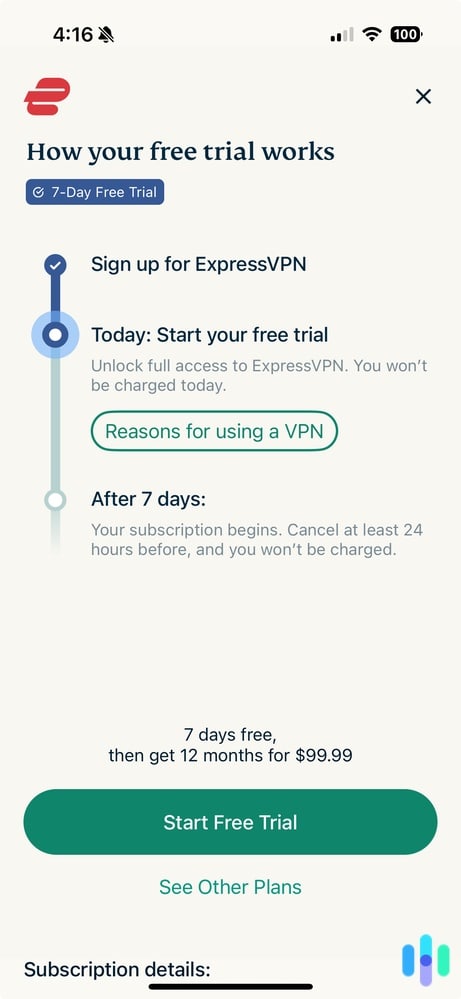
Manual/Operating System Approach
Manually setting up a VPN is a slightly more complex process, but it gives you a wider variety of configurations and options. The process will differ from one VPN service to another, but oftentimes, the VPN company will provide you with the necessary instructions.
On a high level, this is how the process looks on Windows 10, macOS, Android, and iOS.
Windows 11:
- Look up the VPN protocol and the VPN address for the service used.
- Click the Start icon.
- Go to Settings.
- Click Network & internet.
- Click VPN.
- Click Add VPN.
- Under VPN provider, select Windows (built-in).
- In the box for Connection name, enter a name you’ll remember later.
- In the box for Server name or address, enter the address for the VPN server you are trying to connect to.
- Under VPN type, select the VPN protocol your VPN service uses.
- Select the type of sign-in info you need for this VPN service (username and password, smartcard, one-time password, or certificate).
- Click Save.
- Select the new VPN and click Advanced Options if you need to edit info or change proxy settings.
- On the right side of the taskbar, click the Network icon.
- Select the VPN profile you set up in Step 8.
- Click Connect.
- If prompted, enter the sign-in info you set up in Step 11.
- Click the Network icon again. The VPN profile should now say “Connected” underneath its name.
- Check the VPN status while performing different tasks online to confirm that the VPN is working properly.1
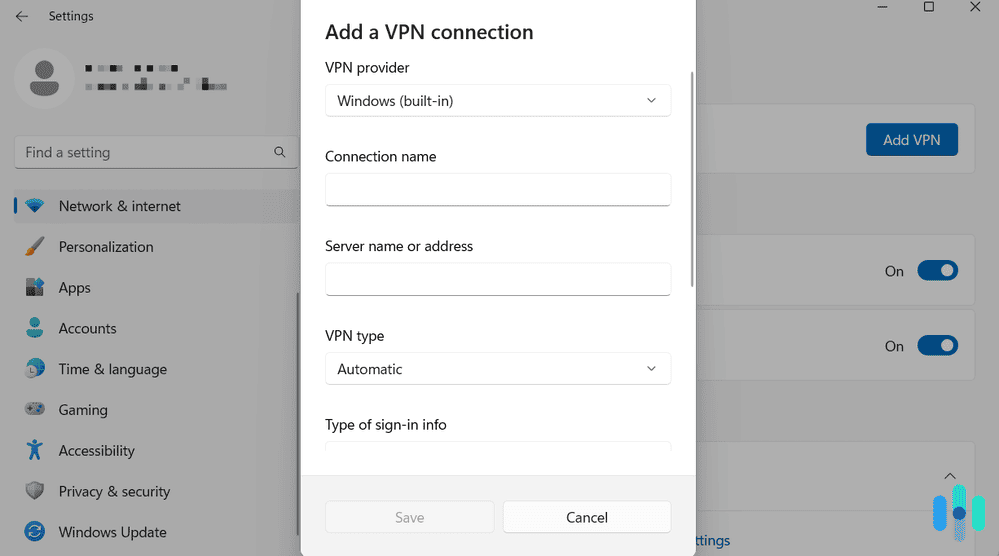
macOS Tahoe and Sonoma:
To enter the information manually on MacOS follow the steps below.
- Click the Apple menu icon.
- Click System Settings.
- Click Network.
- Click the … toggle box in the lower right hand corner.
- Click Add VPN Configuration.
- Choose the VPN Type and select whichever protocol your VPN service uses. This will likely be L2TP, IPSec or IKEv2.
- Enter the name of the VPN service, then click Create.
- Enter the server address and account name for this VPN connection.
- Click Authentication Settings and enter the appropriate authentication information. It should be the same info you used to create your new VPN account.
- Click Advanced to enter additional info like session options, TCP/IP settings, DNS servers, and proxies if desired.
- Click Apply.
- Click OK.2
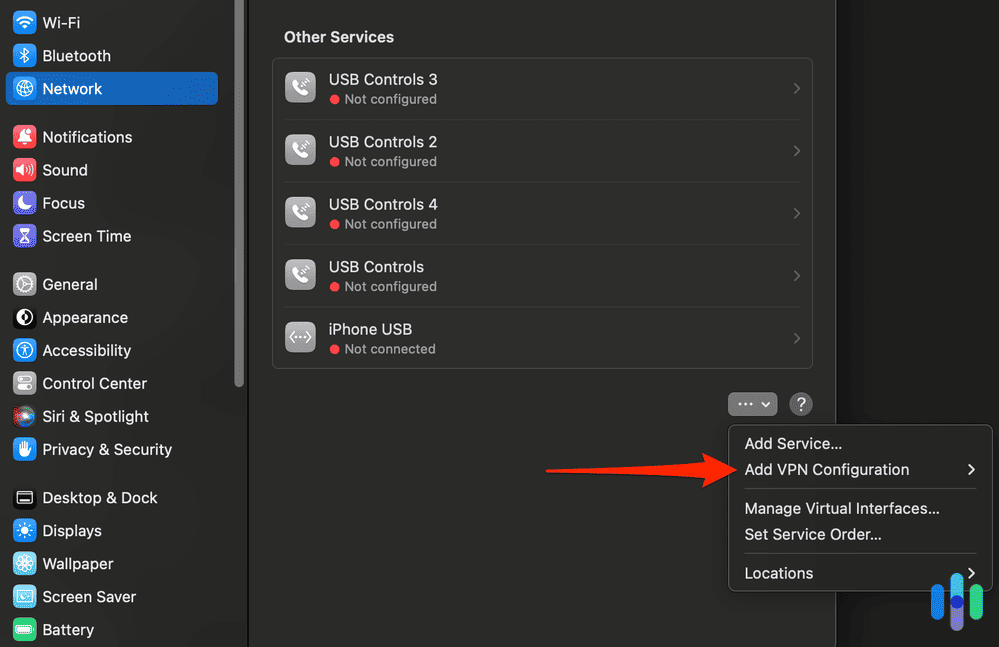
Android:
- Tap the Settings icon.
- Tap Network & internet (or Connections).
- Tap Advanced (or More connection settings).
- Tap VPN.
- Tap Add. On some phones: Tap the three dots and select Add VPN profile.
- Enter the information including Name, Type, Server Address, Username, and Password.
- Tap Save.
- Again, tap the Settings icon.
- Tap Network & internet (or Connections).
- Tap Advanced (or More connection settings).
- Tap VPN.
- Tap the VPN name you just added.
- Enter the username and password.
- Tap Connect.
- If you downloaded an app for your VPN service, it should open.
- When connected, the VPN name should show up in the VPN menu.3
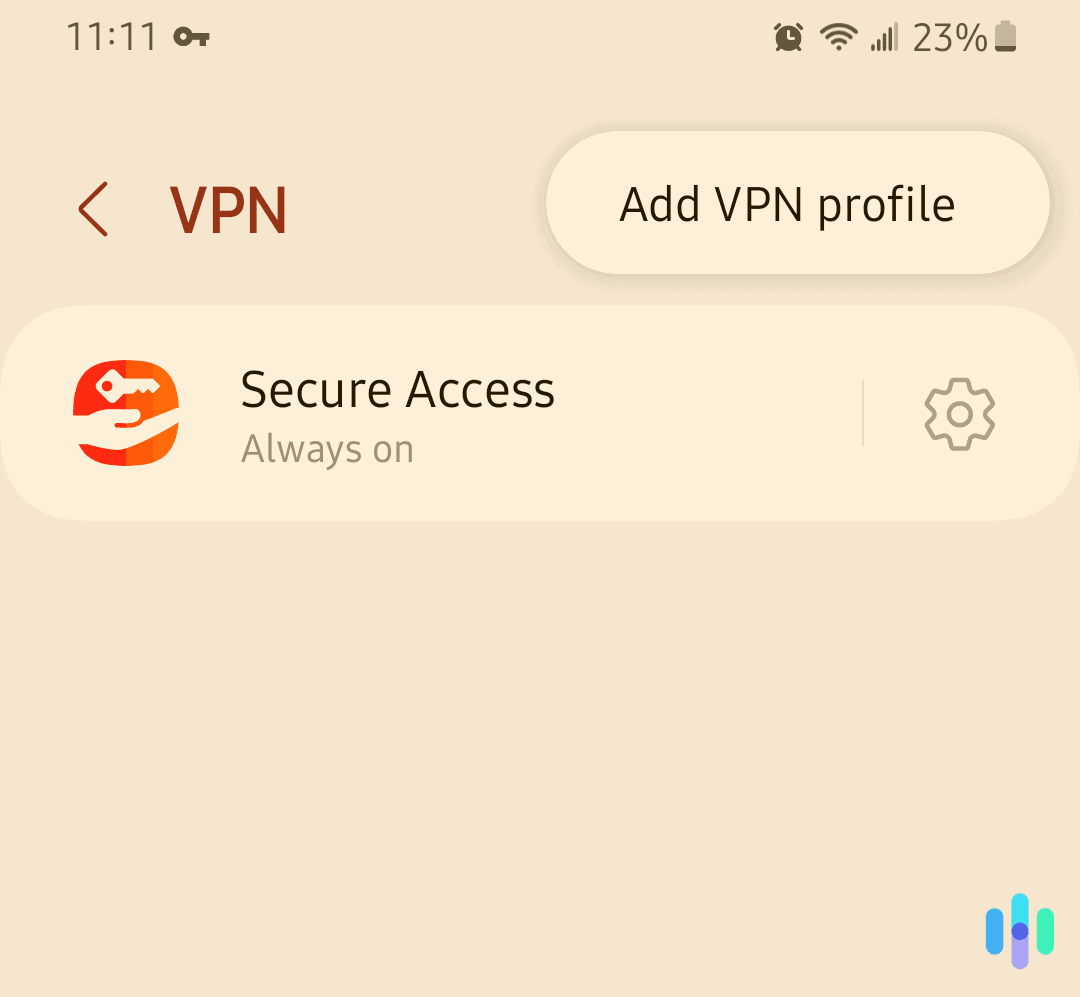
iOS:
- Tap the Settings icon.
- Tap VPN & Device Management.
- Tap VPN.
- Tap Add VPN Configuration.
- If you need certificate files for this VPN, you will have to import them. You can download them through the Mail app if they’re attached to an email, or download them in the Safari browser if they’re available on your VPN service’s website. To see installed certificates in the future, go to Settings, then General, then Profiles.
- To turn on the VPN, tap the Settings icon and tap the slider for VPN to the ON position.4
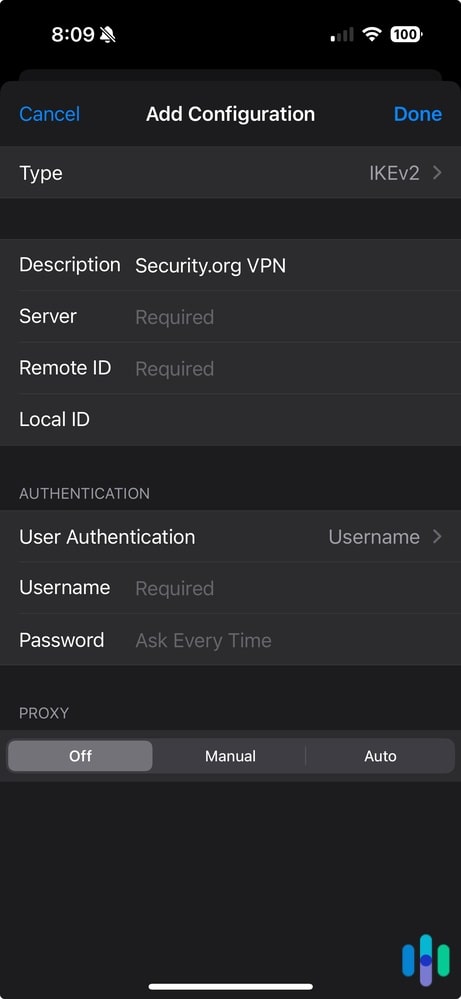
Tip: Some devices might not be able to download the apps or software necessary to use a VPN. Try downloading the app on all your devices first before making a VPN purchasing decision.
VPN Basics
What exactly is a VPN you ask? Well, VPN stands for virtual private network. Basically, a VPN is a piece of software that creates an encrypted tunnel between your phone, tablet, or computer and a network, bringing greater security and anonymity on the internet. VPNs are great for two big reasons.
First, VPNs encrypt web traffic and then route your data through a server the VPN service owns. This process hides your IP address and keeps what you do online safe from prying eyes.
Second, by spoofing our locations on servers in other countries, we can get around blockades like internet censorship or regional restrictions on our favorite streaming services. For those wondering, the country with the largest Netflix streaming library is Iceland, with 9,765 titles, followed by Slovenia, Latvia, Lithuania, and Cyprus.5
>> Learn More: The Best VPNs for Netflix in 2024
Now, you might be thinking VPNs sound like the perfect solution to all your internet woes, but let’s keep things real and discuss both the advantages and limitations.
Pros
- VPNs hide your browsing history.
- VPNs protect your privacy.
- VPNs change your IP address.
- VPNs circumvent regional lockout.
- VPNs counter bandwidth throttling.
Cons
- VPNs reduce internet connection speeds.
- VPNs don’t protect against malware or viruses; in other words, a VPN does not perform the same function as antivirus software.
- VPNs don’t hide personal information you share on social media.
- Premium VPNs charge subscription fees.
- Free VPNs are OK but come with compromises on things like how many servers you can connect to, maximum speeds, and the number of devices you can connect.
We recommend a little research into the different VPN services available, which leads us to …
How to Choose the Right VPN
Which VPN to choose depends on the needs of the user. When choosing a VPN, there are some simple questions to ask:
- How many devices will connect to the VPN? Most VPNs have device caps, so be sure the service can include all the devices within your network comfortably.
- How much will the VPN impact internet speed? All VPNs slow down internet speeds to varying degrees because instead of going directly to the router, data moves through an encrypted tunnel. Look at what our VPN comparison says about slowdowns with different VPN services to get a better idea.
- Do you need a VPN with torrent capability? If so, make sure the VPN service allows torrenting.
- Where is the VPN service located? Depending on where the VPN service has their headquarters, they will have to obey certain data retention laws. Before signing up for a service, check what user data they have to provide their host government. Through communications and data sharing alliances, your user data might be shared with your own government’s intelligence agencies, if part of the same alliance. The biggest alliances among western countries are called Five Eyes, Nine Eyes, and Fourteen Eyes.
- Five Eyes: U.S., U.K., Australia, New Zealand, Canada
- Nine Eyes: Five Eyes nations and France, Netherlands, Norway, Denmark
- Fourteen Eyes: Nine Eyes nations and Germany, Italy, Spain, Belgium, Sweden
- Is a free VPN enough? If saving money and using a free VPN service sounds enticing, consider what you sacrifice in quality and security. Free VPNs will often come with data caps, limited server options, and slower speeds. For many, this will mean the free VPN comes with a lot of frustration.
- Can you trust this company? Read their privacy policy closely. In general, the VPN shouldn’t log your IP address or any of your web traffic. Figure out what encryption method they use and if it’s trusted widely. Confirm that this VPN service is well reviewed on Security.org and doesn’t have a history of controversy around customer privacy or data usage.
Note: Free VPN trials are a great way to learn about what to expect from different services.
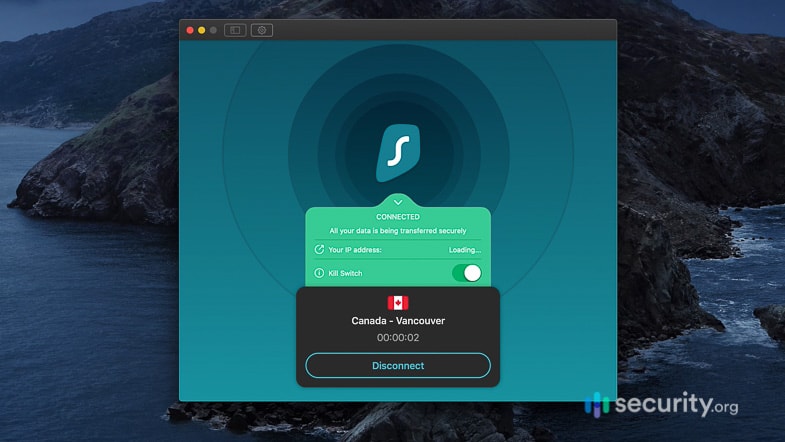
Optimizing a VPN Service
To make the most of a VPN, pick a server that best fits your needs. Want to maximize speed? Pick a server nearby. Want to experience Netflix on other continents? Pick a server in the host country for that streaming library. Want to get around government censorship? Pick a server in a country with more online freedom.
Many VPN services also offer advanced security features like multi-hop connections. This feature routes your traffic through multiple servers for enhanced anonymity. It’s particularly useful when you need extra privacy, though keep in mind this will impact your connection speeds.
» Read Next: The 5 Best VPNs for Streaming in 2024
Understanding VPN Protocols
In general, a VPN protocol is a set of programs or processes that set up the encrypted tunnel between a device and a network. Some protocols focus on data transfer, and others focus on encryption. Here are five of the most common VPN protocols:
- PTPP: Point-to-Point Tunneling Protocol is the oldest protocol. While it offers fast speeds, it’s considered outdated from a security perspective. We only recommend PPTP if security isn’t a concern and you need maximum speed.
- SSTP: Secure Socket Tunneling Protocol has the benefit of full integration into every Microsoft OS since Windows Vista SP1. SSTP is a Microsoft-developed proprietary protocol, so other developers don’t have access to the underlying code.
- L2TP/IPSec: Layer 2 Tunnel Protocol was developed to replace PTPP. However, L2TP has to be paired with IPSec or another security protocol to be effective, since it doesn’t provide encryption by itself.
- IKEv2: Internet Key Exchange version 2 is similar to L2TP and should be paired with IPSec for encryption and authentication. IKEv2 is good at reconnecting quickly after a signal loss or a change in network type.
- OpenVPN: OpenVPN is an open-source VPN protocol, so developers have access to the underlying code. Combined with strong AES-256 encryption, OpenVPN remains one of the most trusted and widely used protocols among VPN services.
- WireGuard: The newest protocol on the block, WireGuard offers excellent speeds and security with a much simpler codebase than OpenVPN. Several of the top VPN providers now offer WireGuard as their default protocol.
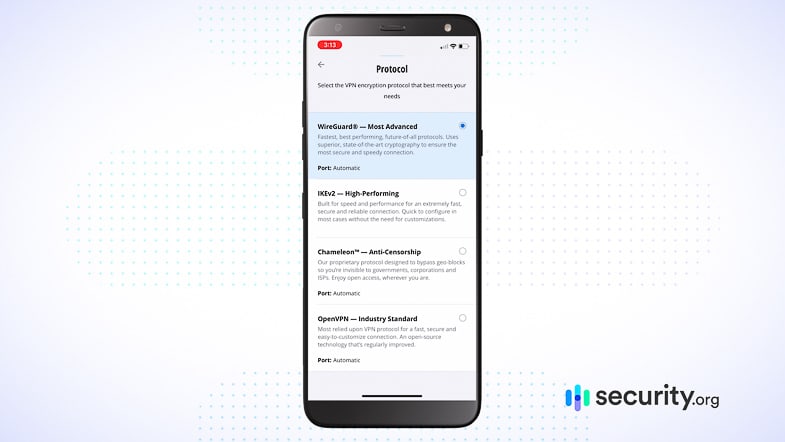
When to Use a VPN
Ideally, you should use a VPN whenever you’re online. However, an “always on” VPN isn’t realistic for everyone due to the slowdowns. Instead, we think it’s more practical to consider a handful of everyday use scenarios for VPNs, such as these:
- Using public networks
- Accessing secure networks from remote locations
- Engaging in activism or circumventing government censorship
- Making secure calls over the internet
- Shopping online
- Torrenting
- Hiding activity from an internet service provider or the company running a browser
- Avoiding cache/cookies
- Working remotely or accessing company resources
- Banking and financial transactions online
Recap
We’ve walked you through everything you need to know about setting up a VPN, regardless of your technical expertise. For most people, the simplest path is to choose a reputable VPN service, create an account, download their app, log in, and connect. It really is that simple. Sure, some advanced users might enjoy setting up their own VPN server for maximum control, but it’s not worth the hassle for most. Either way, you’re now ready to navigate the internet with the peace of mind a VPN can bring.
FAQs
Here are a few of the most frequently asked questions about setting up a VPN.
-
Is creating a VPN illegal?
Creating and using VPNs is legal in the United States, but check the law if you live in another country.
-
How much does it cost to set up a VPN?
The cost to set up a VPN varies depending on the service and subscription length. Most quality VPN services range from $3 to $13 per month, with longer-term plans offering better value.
-
Can you set up a VPN for free?
You can set up a VPN for free, but most options on the market come with serious drawbacks like slower connection speeds, data caps, and limited server options, so we recommend a paid VPN service.
-
What is the best free VPN?
The best free VPNs include ProtonVPN (unlimited data), Windscribe (10GB monthly), TunnelBear (2GB monthly), and Hotspot Shield (500MB daily). However, remember that free VPNs have significant limitations compared to paid services.
-
Is it worth paying for VPN?
A VPN is worth the investment for anyone who values online privacy and security. VPNs can also help you access geo-restricted content, avoid price discrimination while shopping online, and maintain anonymity.

